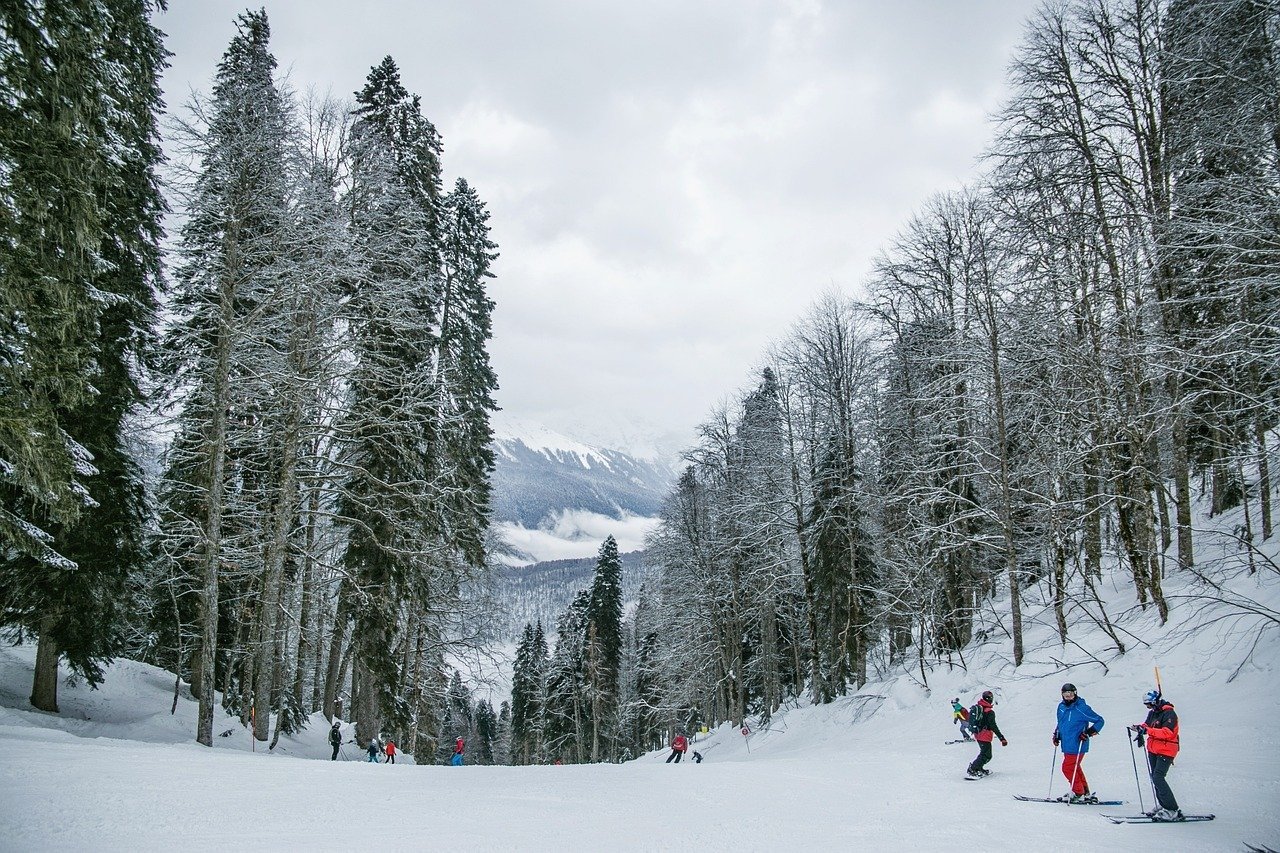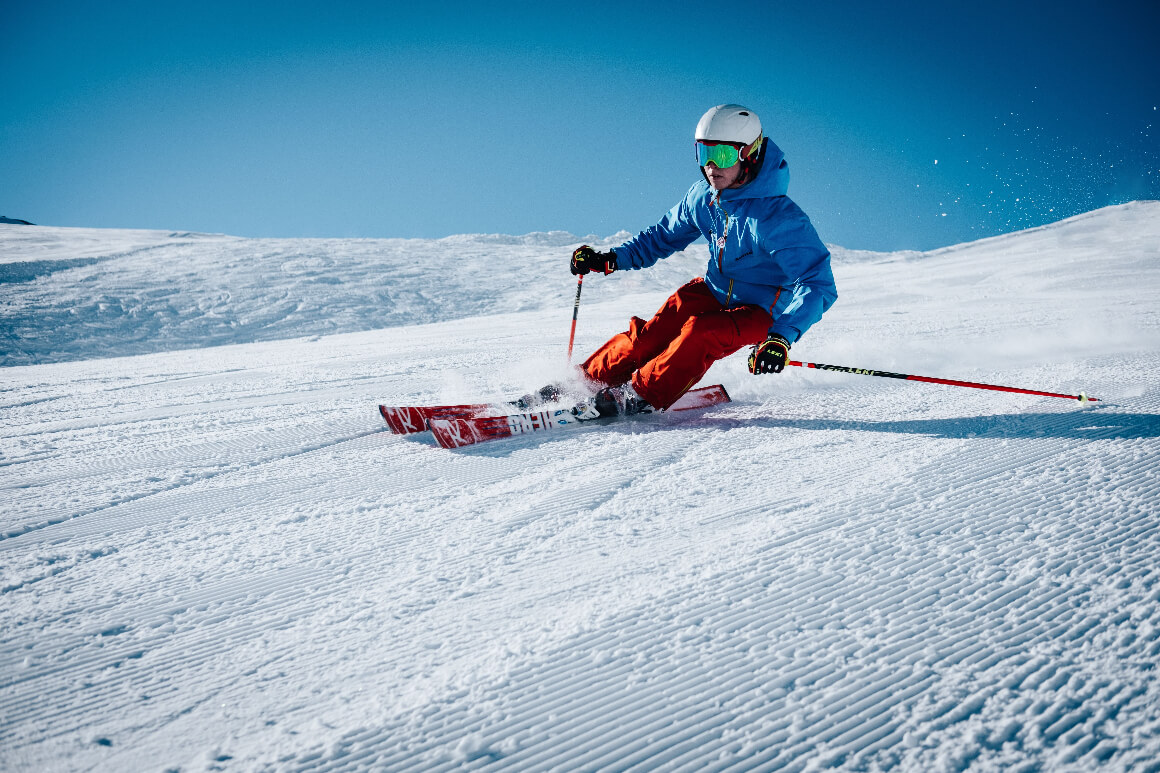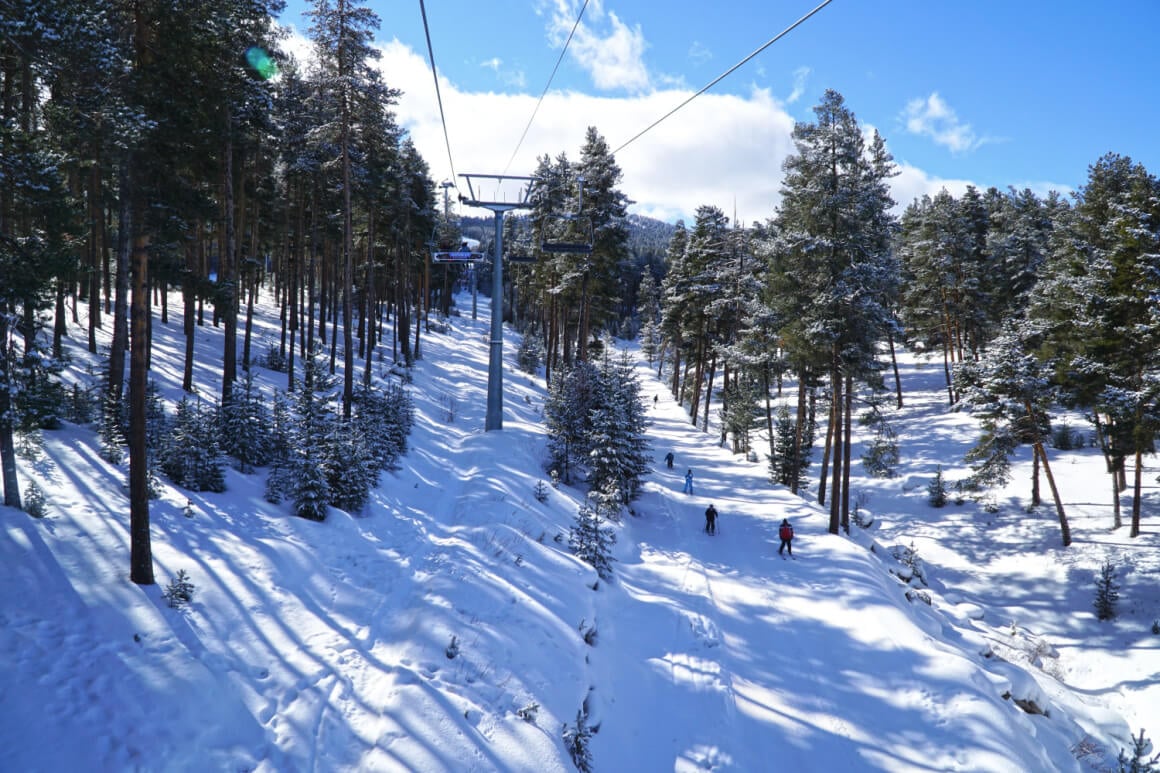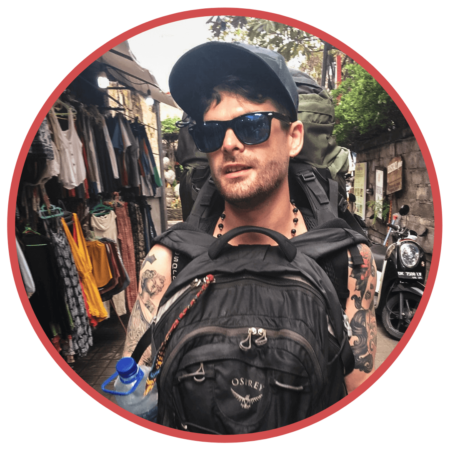The Broke Backpacker is supported by you. Clicking through our links may earn us a small affiliate commission, and that's what allows us to keep producing free content 🙂 Learn more.
Going on a ski holiday can be one of the most exhilarating travel experiences there is, offering a unique blend of adventure, relaxation, and scenic beauty.
But to ensure you have the best ski experience possible, you need to do your research and plan properly. And we are here to help you do just that with our comprehensive tips covering everything from selecting the right ski tour provider, to optimising your time on the slopes.
Over the next 1000 words we will tell you all you need to know about planning for and going on a ski trip. But if you are are in rush, can’t be bothered to read all of this and are just looking for exceptional ski holiday deals, Esquiades.com is an excellent place to start.
Choosing the Right Tour Provider

The Broke Backpacker is supported by you. Clicking through our links may earn us a small affiliate commission, and that's what allows us to keep producing free content 🙂 Learn more.
Selecting a reliable tour provider Is absolutely crucial for a hassle-free ski holiday.
You should always look for companies that have a good reputation, and have plenty of history behind them both in terms of how long they have been trading and customers reviews. On this point, positive reviews are a good guide, but sometimes too good or too bad reviews might be fake (yes somethings on the internet are not as they seem…). As such take and a track record of customer satisfaction and look at online forums to determine whether the tour provider is any good.
A good provider offers clear information about their ski packages, including things like accommodation details, transportation, and additional amenities. Transparency about costs and a willingness to customise the holiday to suit your personal preferences are also signs of a reputable company.
Companies like Esquiades.com, known for their comprehensive service and customer-centric approach, often provide the best value for ski trips.
Essential Ski Equipment
When preparing for your ski holiday, selecting the right equipment is key to maximising your enjoyment and performance, not to mention safety.
Here’s a more detailed look at what you’ll need to go on ski holiday:
Skis and Snowboards
· Skis: To go skiing you’ll need some ski’s. No shit right? Well there are various types of skis depending on the terrain and your skiing style. For beginners, softer, shorter skis might be easier to handle. Intermediate and advanced skiers might opt for longer skis for stability and speed. Specialty skis, such as powder skis or race skis, are tailored for specific conditions and experiences.
· Snowboards: Choosing a snowboard involves considering your riding style and the terrain you prefer. Freestyle boards are typically shorter and more flexible, ideal for tricks and jumps, while freeride boards are longer and stiffer, designed for speed and stability in varied snow conditions. Note that snowboarding can be difficult for beginners.
Boots and Bindings
· Ski Boots: Finding the right fit is absolutely crucial here. Ski boots should always be snug but not painful, providing a good solid connection to your skis. Ski boots come in different flex ratings – softer flex for beginners and stiffer flex for experienced skiers. It may take a while to get used to wearing them by the way.
· Snowboard Boots: These should be comfortable and warm, providing good solid ankle support. They pair with bindings that secure your boots to the board. Note that the right bindings depend on your board and riding style, affecting your control and comfort.
· Bindings: Ski bindings are critical for safety, releasing your boots from the skis during a fall. Your weight, skill level, and skiing style dictate the appropriate type of bindings that you should use.
Helmets and Goggles
· Helmet: Helmets are essential for protecting against head injuries in the event of a fall or collision. a good helmet should be comfortable and should meet safety standards. Make sure it fits well with your goggles too.
· Goggles: Ski goggles protect your eyes from UV rays, wind, and from snow. Always look for goggles with anti-fog features and appropriate tinting for light conditions. They should fit snugly over your helmet without leaving gaps.
Ski Clothing
· Base Layer: A good quality moisture-wicking layer helps keeps you dry and warm. Choose materials like merino wool or synthetic fabrics that provide warmth without too much bulk.
· Mid Layer: This insulating layer retains body heat to keep you warm. Fleece or a lightweight down jacket are popular choices.
· Outer Layer: A waterproof and breathable ski jacket and pants are critical. They should protect you from the elements while allowing sweat to evaporate.

Accessories
· Gloves or Mittens: Waterproof and insulated gloves are essential for good skiing. Mittens are typically warmer than gloves although they tend to offer less dexterity.
· Socks: You can wear any old thick socks you want but specialised ski socks offer extra padding in crucial areas and moisture-wicking properties.
· Neck Gaiter or Balaclava: Protect your face and neck from cold winds with a neck gaiter or a balaclava. Which one you need will ultimately depend on the conditions on the slopes on the day.
Tips for Choosing Equipment
· Get Fitted Professionally: Especially for boots and helmets, professional fitting can greatly enhance comfort and safety. While it may be cheaper to DIY it, this may backfire.
- Rent or Buy: For those who are new to skiing, renting equipment can be a far more economical and convenient choice. Ski rentals allow you to try different types of gear suitable for your skill level without the upfront investment. For frequent skiers, purchasing equipment will work out more cost-effective in the long run. Owning your gear also means it can be custom-fitted to your needs, which can improve your comfort and performance on the slopes.
· Check Reviews and Expert Opinions: Before purchasing a piece of gear, take the time to look at some reviews and seek advice from seasoned skiers or professionals in ski shops. Reddit can also be a great source of info.
Ski Techniques for Better Performance
Improving your ski techniques not only enhances your performance and enjoyment, but also ensures a much safer experience. Beginners should focus on mastering the basics, such as the proper stance, stopping, and turning and leave the fancy tricks until Day 2….
More advanced skiers however might focus on refining their carving techniques or tackling more challenging terrain. Consider taking lessons from a qualified instructor to accelerate your learning curve. Remember, even small improvements in technique can lead to more enjoyable and efficient skiing. Above all be patient.
Exploring the Nightlife
After a day on the slopes, experiencing the local nightlife can complete your ski holiday. Whether this means relaxing by the fireside with a hot cocoa or hitting the bars, many of the world’s top ski resorts offer a whole range of après-ski options, from cozy alpine huts serving local cuisine to vibrant bars and clubs.
This is a great opportunity to relax, unwind, and mingle with other skiers. Whether you’re looking for a quiet evening or a racous night of dancing, there’s usually something for everyone at any self respecting ski resort.
Final Thoughts

So there we are.
Planning the perfect ski holiday does take a little bit of planning. By choosing a reputable tour provider like Esquiades.com, gearing up properly, and honing your skiing techniques, you’re setting yourself up for a good, safe and memorable ski experience.
Buy Us a Coffee!
A couple of you lovely readers suggested we set up a tip jar for direct support as an alternative to booking through our links, since we’ve decided to keep the site ad-free. So here it is!
You can now buy The Broke Backpacker a coffee. If you like and use our content to plan your trips, it’s a much appreciated way to show appreciation 🙂









